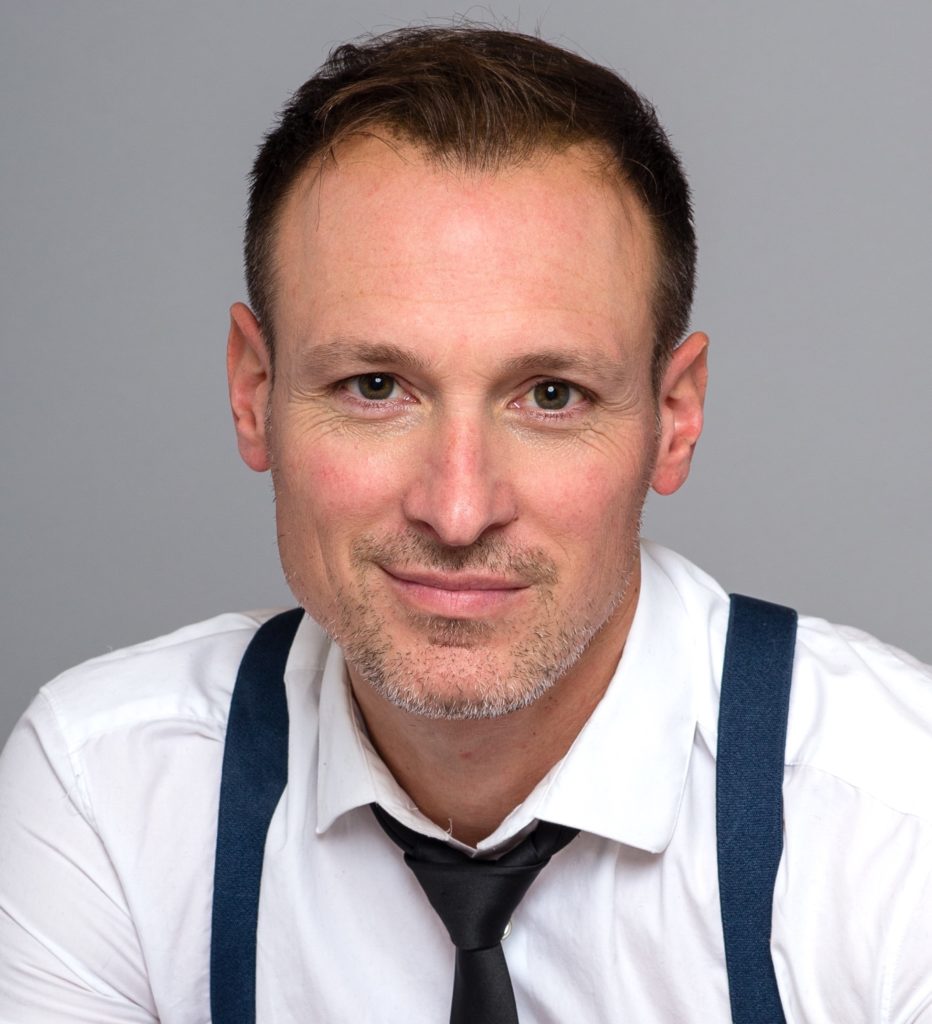By Gregor Trpin
As the school year draws to a close, it’s a good time to remember and reflect on our continual mission to engage our students.
I believe a balanced approach in the classroom is key, whether you are a “sage on the stage” — the transmittal model of teaching — or a “guide on the side” who supports the new and improved constructivist theory of learning.

The transmittal approach, you ask? Simply, this approach follows the traditional lecture style of teaching, where the teacher transfers knowledge to students and adopts the premise that students’ minds are empty vessels waiting to be filled with knowledge and information. This deep-rooted approach can be effective if the speaker is talented, engaging and brief — especially for young learners. However, it is typically and negatively perceived today as a passive learning approach, equated to the teacher from Ferris Bueller’s Day Off droning, “Bueller… Bueller…” while saliva trickles down students’ faces from boredom and lack of interest.
The constructivist theory, you ponder? This principle resides in the active approach to learning, based on the premise that engaged learning occurs when a student draws on their own intrinsic motivation to seek out a connection to their own authentic learning experience. The “sage” instead is a facilitator and organizer guiding the experience. These experiences are often structured in cooperative small-group environments where students can also find value in the social aspect of learning. This system is also potentially effective and engaging, but from my experience, can lose steam if overdone and too repetitive.
Both methodologies have value. Both can be effective — if balanced.
The conflict arises when teachers settle on one systematic approach to learning. Whether transmittal or constructivist, monotony, repetition and boredom set in on students like a fog. And for the teachers operating in real-time live action with 34 students in the room, the haze of directives and responsibilities is equally overwhelming. Under pressure, teachers grasp what’s most comfortable and manageable in the moment while adhering to administrative mandates, executing new curricular initiatives, responding to parental pressures, and supporting individual student demands.
In these pressure cookers, we teachers move to extremes, either getting stuck lecturing for entire class periods, or becoming complacent as our student-led “centers” dominate too many weeks on end without meaningful change or direction.
Our overall teaching performance falls flat — and our students disengage.
Here, a balanced approach takes center stage and an old algorithmic adage enters stage left. Remember the tag line quote by Gail Godwin on every teacher email? “Teaching is one-fourth preparation and three-fourths pure theater.” This formula, although slightly askew in my opinion, holds value.
Oration, with all its significance and art, is still important, still necessary, and is still a fundamental tool a teacher should have the capability to access when needed — with skill and brevity, of course. However, ideally, a lesson’s core must thrive in an active student-centered activity that is also relevant and concise. A balanced and blended approach is optimal as it provides variety and nuance to our instruction. Lastly, the final act of a lesson should reflect on the cooperative experience — celebrate the breakthroughs and plan for the follow-throughs.
I constantly remind myself of the importance of balance in my practice and craftsmanship as a teacher. Articulacy and oration pair best with a well-structured, student-based approach. Old-school and new-school systems have a place in the same school.
Gregor Trpin, Manhattan Beach Unified Teachers Association, is a middle school humanities and social studies teacher. View his TEDx talk, “180 Days: Ode to My Students,” at tinyurl.com/gtrpin.
Photo by @neonbrand/unsplash
The Discussion 0 comments Post a Comment